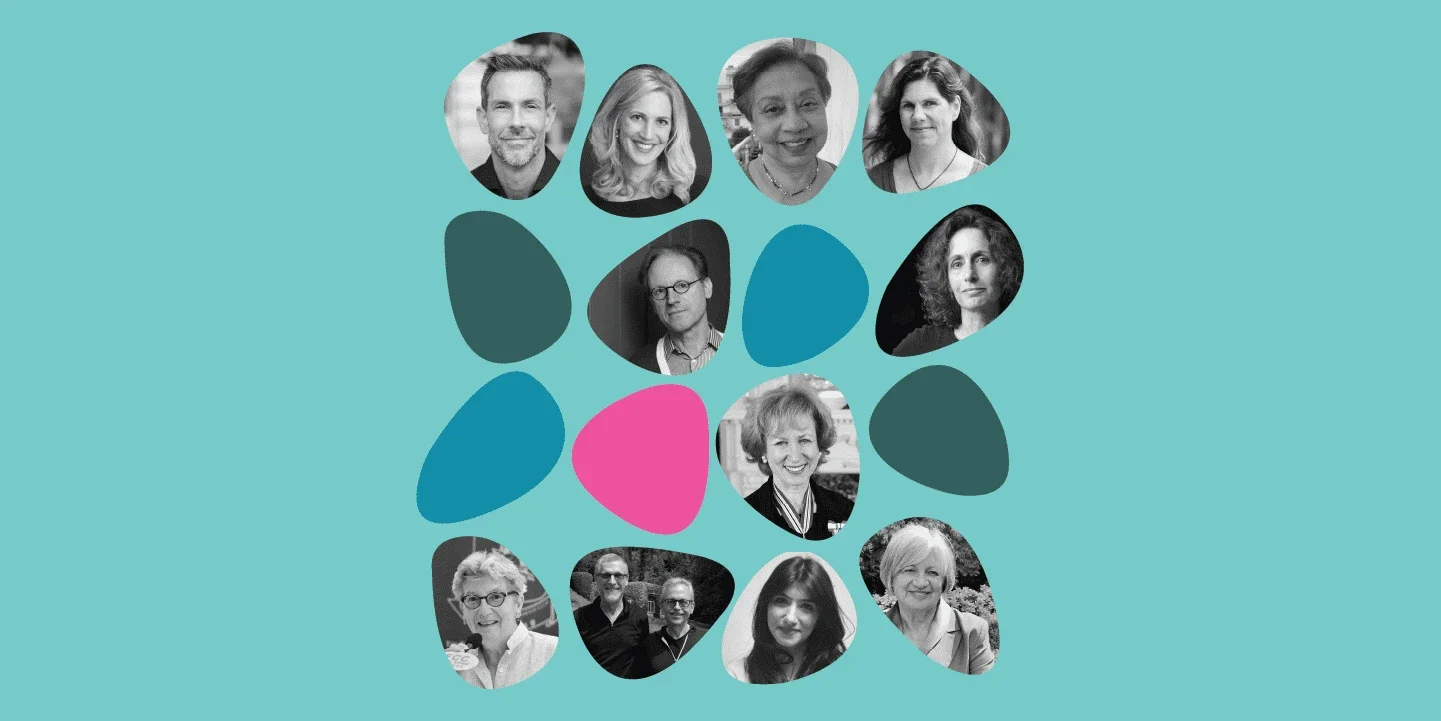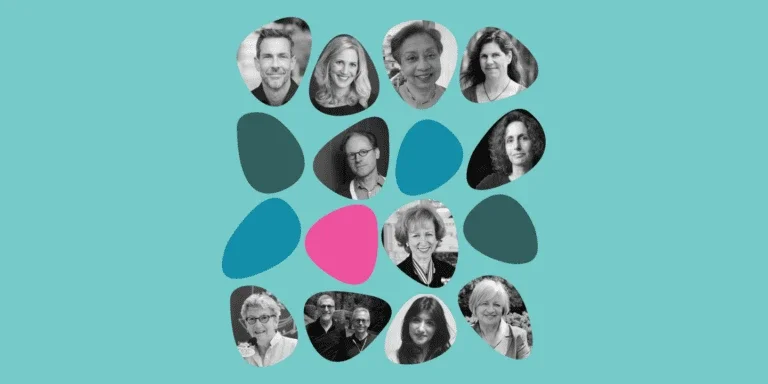If we can’t find ways to shift more resources, more investments, and more concern into the parts of the world that have not had the opportunities that we’ve had for development and for improving our overall quality of life, we won’t succeed.
Mary Nichols
What breakthroughs need to happen for us to both avoid the worst impacts of climate change and prepare communities to adapt to the new challenges that will arise?
There’s no question that air in California is healthier than it was when I first started doing this work. But data from this summer [2023] has shown that we’ve experienced, on average, the highest temperatures ever recorded on our planet. And although there’s now widespread recognition that this problem is real, and that something has to be done about it, we have a similar lack of political and legal mechanisms to the early ’70s.
The Paris Agreement was the beginning, in a formal way, of recognizing that there’s no longer a bright line between mitigating emissions and adapting to find new ways to live with this warming planet. We can’t just impose more river levies or build more sea walls. We have to do both: stop the hemorrhaging and provide protection at the same time.
And we have to get over the notion that this is something that can be dealt with only at the local level. If we can’t find ways to shift more resources, more investments, and more concern into the parts of the world that have not had the opportunities that we’ve had for development and for improving our overall quality of life, we won’t succeed. The two halves of the globe have to come together.
Democratic societies move slowly. They’re not designed to make quick, autocratic decisions. And we also tend, as humans, not to react very quickly to problems until we’re really convinced that we have to change. So the hard question is how to make the kind of changes that we need desirable for people – not just because they’re scared, but because they’re things that people want.
Government regulations – and a great deal of entrepreneurial energy – have got us to a point where many people have come to the same realization that the switch to a greener economy has tremendous economic and quality of life advantages.
Mary Nichols
What keeps you up at night about achieving these goals? What makes you optimistic?
I am an optimist by nature, but that doesn’t mean I’m not a realist. If you look at history, there are plenty of times when we have delayed or failed to do everything we could to protect ourselves and our environment. And yet we have somehow also managed to make some amazing breakthroughs, such as how we generate electricity. It was only a few years ago that people were saying that renewable electricity was too expensive and unreliable. And that turned around in an incredibly short space of time.
That’s my fundamental basis for optimism: as human beings, as a society, we have tremendous ability when it comes to inventing our way out of terrible situations. Government regulations – and a great deal of entrepreneurial energy – have got us to a point where many people have come to the same realization that the switch to a greener economy has tremendous economic and quality of life advantages.
What keeps me up at night, though, is a question: do we have enough time? How can we make this all happen faster, on a much bigger scale, while avoiding the arrogance of thinking that one solution or technology will solve it all? When we hear experts say we’re not going to make the 2°C target, does that mean we just throw up our hands and despair? Or does it mean we grudgingly, and with great pain, work towards protecting our most vulnerable people and try to keep it from getting even worse?
Learn more: To find out more, visit CARB, the NRDC, the Center on Global Energy Policy at Columbia, and the Climate Group.

